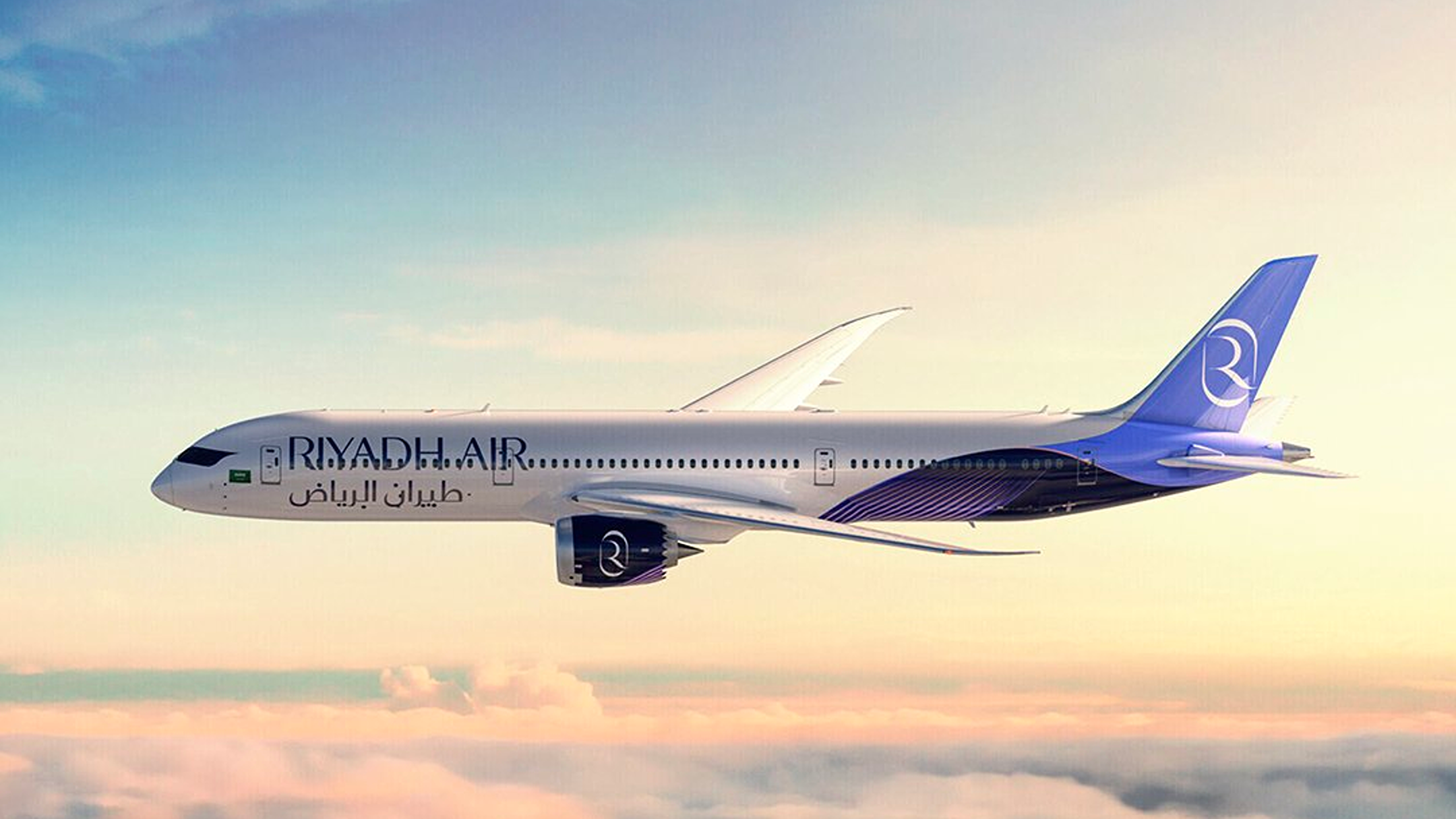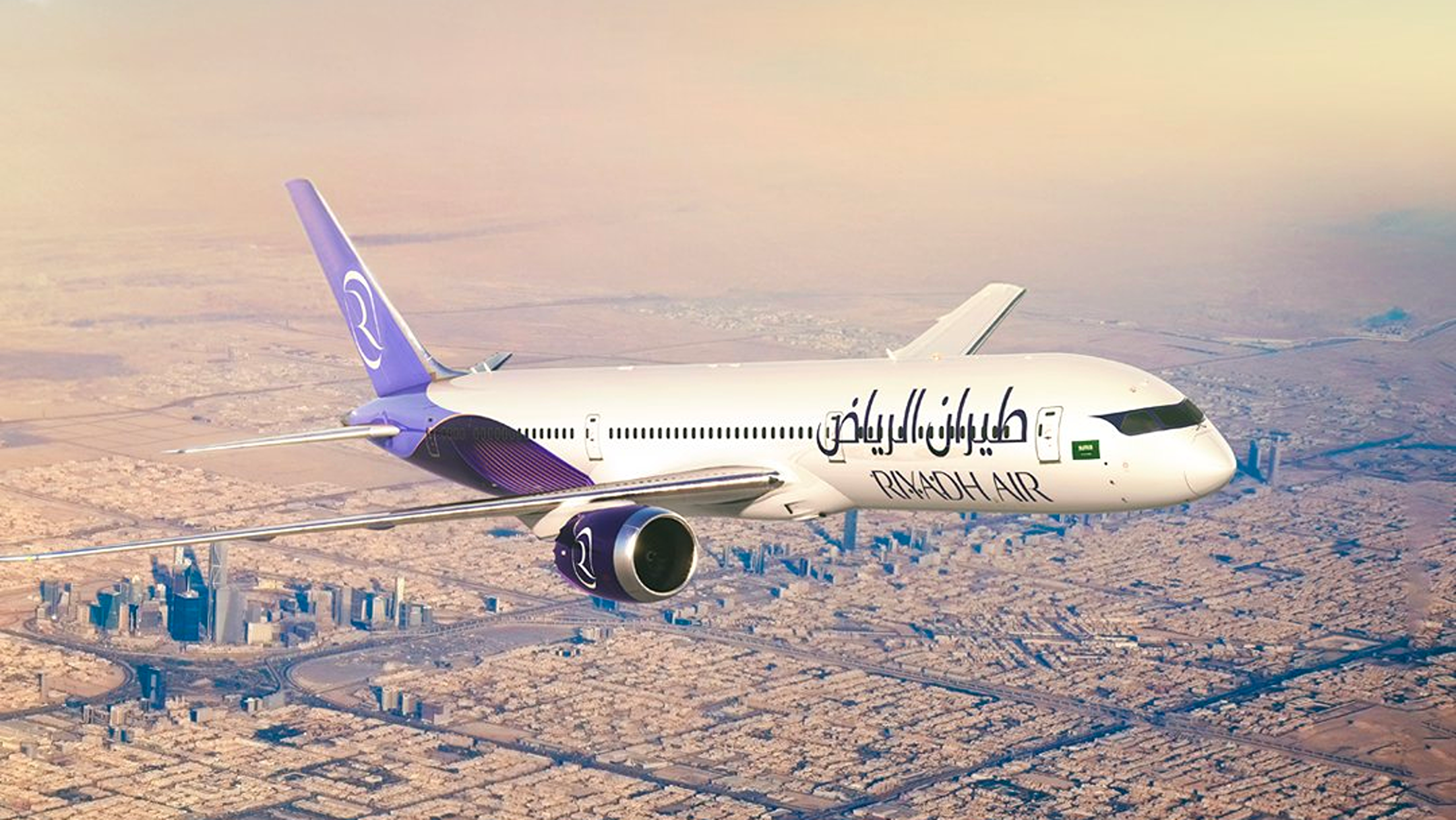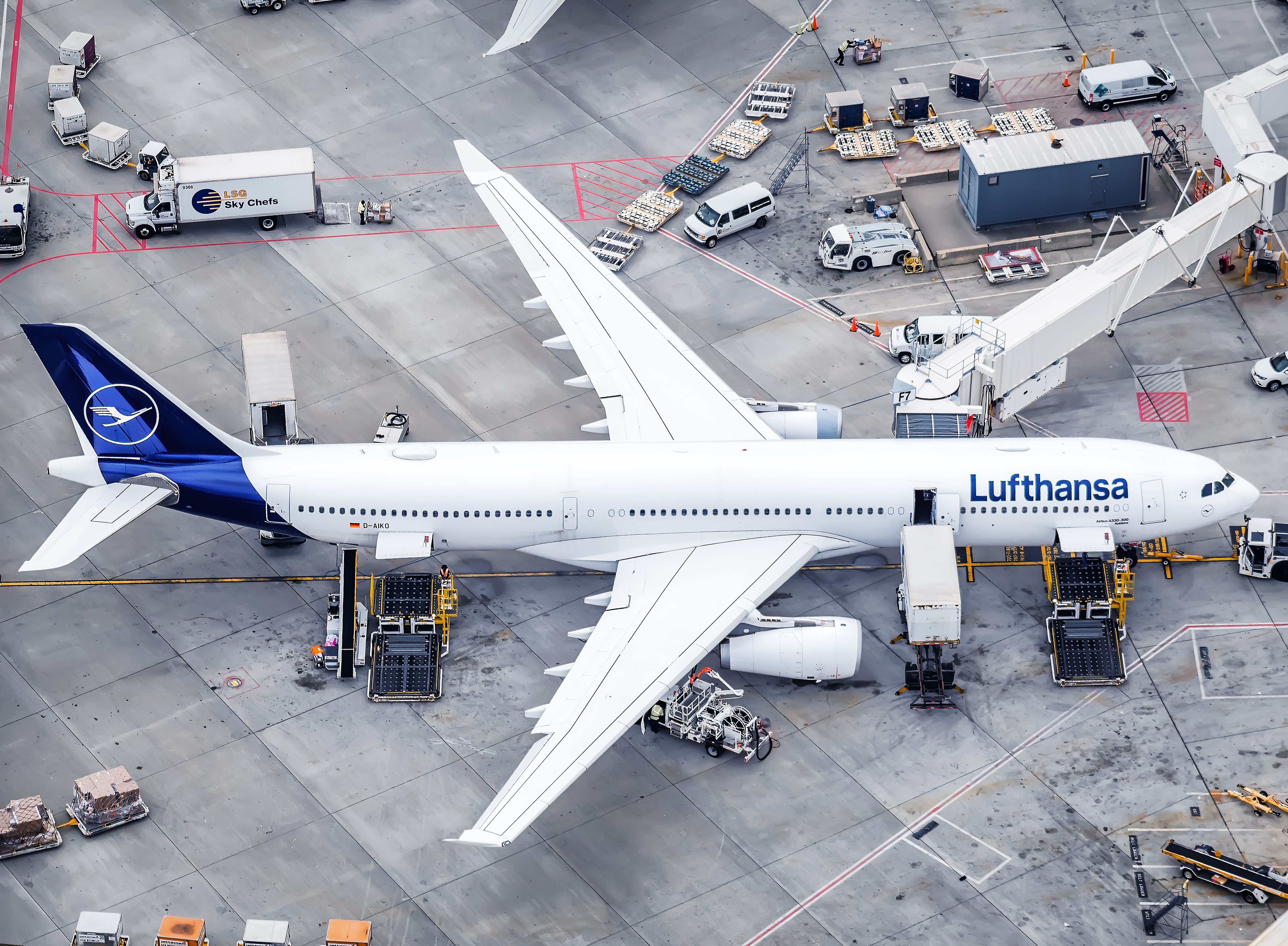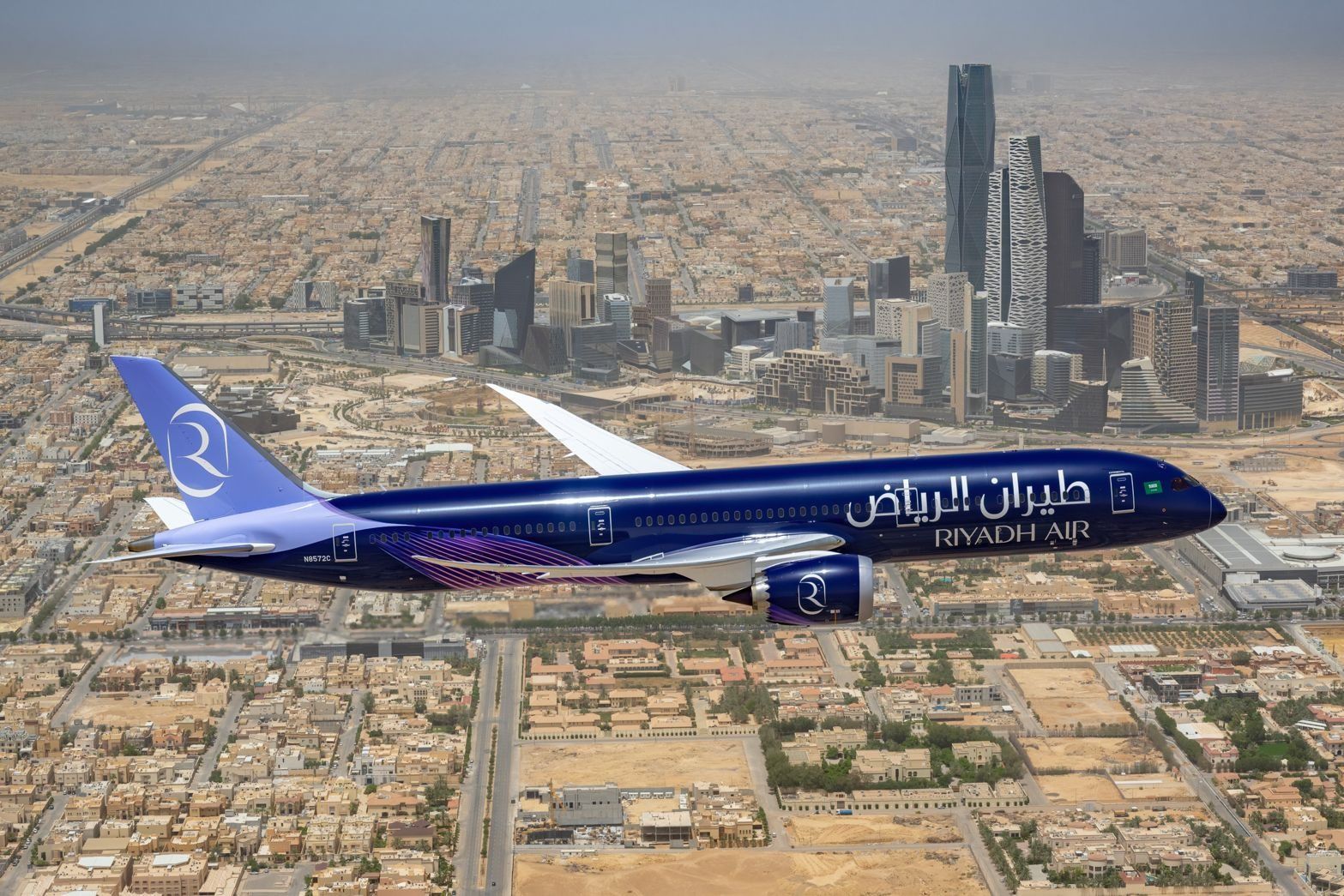Summary
- Riyadh Air has unveiled its second livery, which is predominantly white compared to its previous striking blue and lavender one.
- White liveries are the norm in aviation, and the reasons are manifold, including the need to reduce the environmental impact of operating a flight, keep operating maintenance costs down, and make the aircraft fuselage easy to identify.
- Riyadh Air is expected to close a firm order for 50 Boeing 737 MAX at the Dubai Airshow, adding to its growing fleet of Boeing 787-9s.
Aircraft liveries are one of the most powerful assets to enhance brand awareness. Think of a livery as the dress you carefully chose to catch the attention of a special one at a dinner party. That’s precisely what airlines do – showcase eye-catching liveries that lead you to think, “Hey, what airline is that? Their planes are cool!”. Or, at least, that is what Riyadh Air aims for with unveiling its second livery.
Riyadh Air goes white
In June, Riyadh Air, the brand new carrier of Saudi Arabia, wowed the world when it unveiled its first Boeing 787 in a striking blue and lavender livery.
Five months later, the airline has unveiled its second iridescent livery, which predominantly relies on white compared to the first. On the other hand, the aircraft’s rear part is identical to the blue and lavender version. The front section of the fuselage proudly reads the airline’s name in Arabic, while “Riyadh Air” is also painted underneath. An interesting detail of the new livery is what could be described as a dark mask that frames the cockpit windows, which vaguely recalls Air Canada’s latest livery.
Photo: Riyadh Air
A more “ordinary” livery
It is perhaps surprising that, after designing such a striking and colorful livery, Ryiadh Air has decided to opt for a more ordinary one, with white being the predominant color.
Predominantly-white liveries are the norm in aviation, and the reasons for that are manifold. First, the less paint is used on an aircraft, the better. Indeed, the paint adds 600 to 1,200 pounds (272-544 kg) on average to an aircraft’s weight. More weight translates into more fuel being burnt per leg, negatively impacting the environment and operating costs. Additionally, white helps keep maintenance costs down, as it fades slower than other colors, thus requiring fewer repaints.
Additionally, since white reflects the sunlight, it helps keep the cabin environment comfortable for passengers and crew. Another advantage of white is that it is much easier for maintenance teams to spot potential damages, such as oil leakages or cracks, on a white fuselage rather than a colored one. Last but not least, white helps the aircraft be easily distinguished from the ground, which would be of fundamental help to search and rescue teams in case of an air crash.
Photo: Vincenzo Pace I Simple Flying
Riyad Air fleet moving forward
Tomorrow, November 13th, marks the beginning of the most important airshow in the Middle East, the Dubai Airshow. Riyadh Air will participate, and, besides unveiling its second livery, it is also expected to close an aircraft order to build up its future fleet.
According to Bloomberg, the newly established Saudi carrier is rumored to be eying a deal for as many as 100 Boeing 737 MAX to deploy on its short/medium-haul network. Notably, Riyadh Air is expected to place a firm order for 50 aircraft of the type, coupled with a similar number of options. However, the airline and the manufacturer are still in the dealing process, and the final number might vary.
For the time being, Riyadh Air has placed a firm order for 39 Boeing 787-9s, with the option for another 33.
Photo: Riyadh Air
How do you think Riyadh Air will decide which aircraft will flaunt which livery? Let us know by clicking on the comment button below!
Source: Bloomberg




